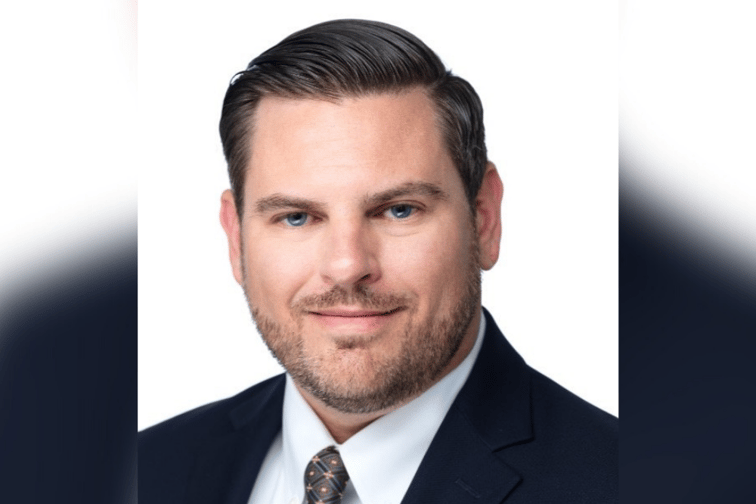

There’s no doubt about it, the E&S property space has evolved rapidly over the last decade. With an increase in catastrophic events and natural disasters, the entire industry has adapted its approach to the property marketplace, and it has been difficult to keep up with the change.
On top of the high frequencies of tornadoes, hurricanes and flooding, a hardening insurance market has caused many players to take a step back and consider if the segment is the best place to stay in.
“The market started tightening five to six years ago, but only in the last two years has true market reorganization and institutional changes impacted property carriers for the considerable future,” said Andy Hendrix (pictured), executive vice president of E&S property at Westfield Specialty.
Over the past two years, capital providers, investors, and C-suite executives have all asked themselves: “How much catastrophe and property exposure do we want in our books?”
According to Hendrix, the answer sems to be “LESS,” regardless of the level of rate change that the market achieves.
Continuous losses from catastrophe claims have caused capital providers to grow more cautious and have forced insurers to focus more intently on capacity and profitability. If underwriting losses continue as interest rates rise over the next few years, Hendrix worries about what capital investment there will be in the property space.
“This was evident in property treaty renewals in January, where reinsurers were under mandate to scale participation back by over 10%,” he said. “Overall, CEOs are trying to find ways to write less property where possible.”
Hendrix noted that insurers actually had minimal losses during the pandemic, and while rates have gone up, demand for property insurance has also increased.
“If clients want a consistent and predictable market in five to 10 years, existing capital providers must start delivering even marginal profitability to shareholders,” he emphasised.
On the broker side, rate change and premium drives revenue, but Hendrix advised brokers to take a partnership-first approach with clients.
“Show your clients that you are willing to share pain with them. Consider fee arrangements, or temporary commission reductions to help reduce the costs to the buyer. It will help arrest stress up and down the value chain and cement a long-term relationship with your client,” he said.
Brokers have done well when it comes to communicating why rates are increasing, reassuring clients that they are not alone in the market, and providing alternative solutions to risk managers in the hard market. According to Hendrix, this has led to a much more sophisticated understanding among all key stakeholders about the interconnectedness of the marketplace.
E&S property carriers, on the other hand, need to bounce back to stabilize the market, he said. When insureds are provided optionality in purchasing, stress is taken off the shoulders of brokers who are anxious about the future of the marketplace. Still, they face some hurdles.
“Reduction of capacity from incumbents and substantial re-underwriting campaigns by traditional carriers is causing major restructuring needs for brokers,” he said.
Programs that were traditionally completed with five carriers now require 15 to be completed, and annually, Hendrix noted that brokers might have hundreds of layered structures.
“Nearly all carriers are reducing lines on all in-force business, meaning producers and clients should expect more carrier participation to complete programs,” he added.
Read next: Two keys to success in E&S insurance
As the industry settles into 2022, brokers and agents in this space should be cognizant that underwriters will not be allowed to operate in the gray area as much as they have in the past, Hendrix added. There are, and will be, more rigid guidelines around pricing metrics, minimum attachment points, and line size.
“The pandemic is just another unplanned and unforeseen event that impacts property lines,” he said. “Couple that with major freeze events, high-profiled collapses, and fires on aging and unmaintained property, and insurers are questioning what else is out there and if their market share in property should be as big as it currently is.”
